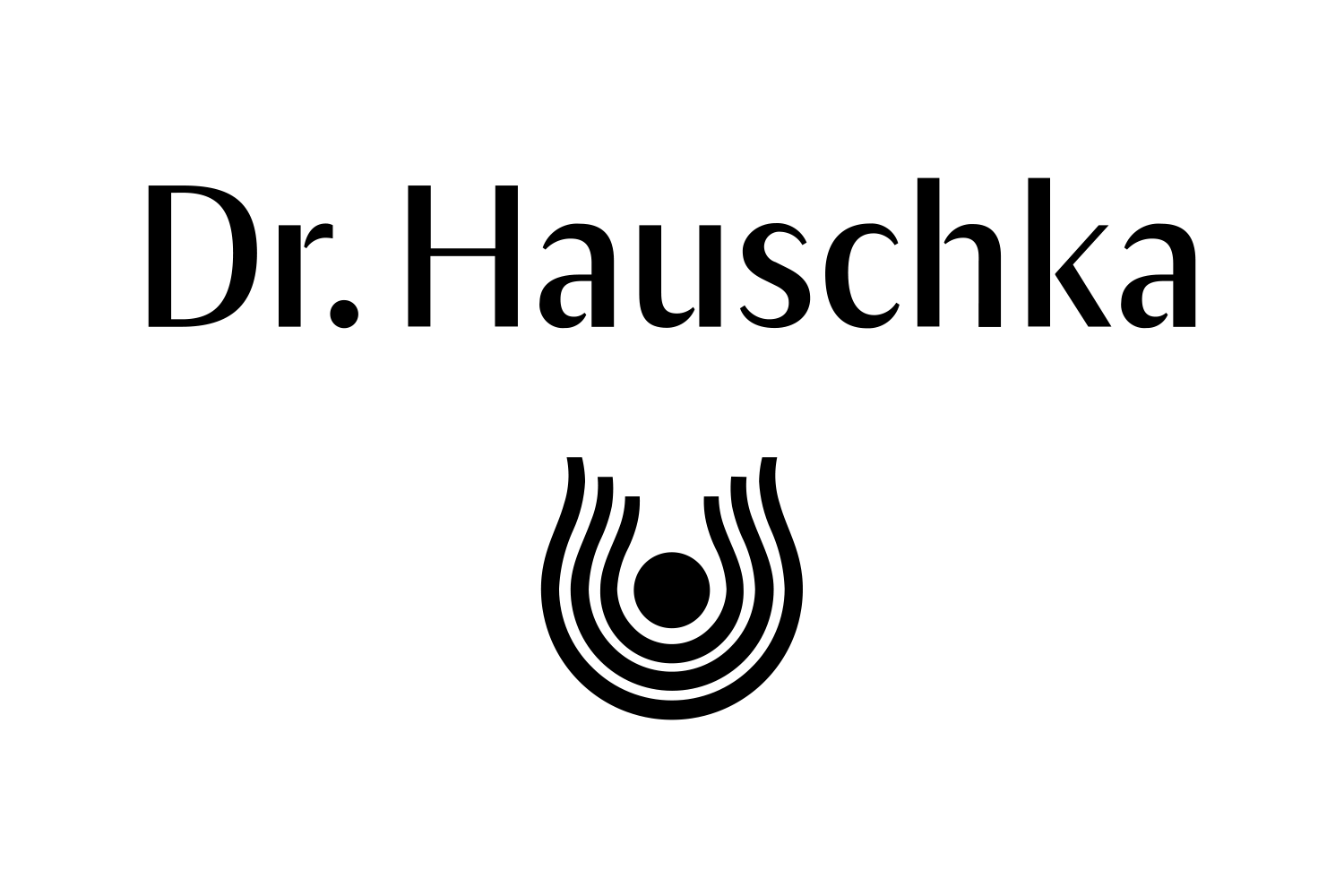Plant Profile Quince
Quince
Synonyms: None Known
Scientific Name: Cydonia oblonga
Family: Rosaceae
Habitat
The quince probably originates from the Caucasus and was already cultivated in ancient Greece. It was first mentioned by the Roman historian Pliny (24 to 79 AD). Quince was widely cultivated as a fruit in Central Europe up to 1900 but the increasing popul
Constituents
Mucilages, pectin, tannins, fatty oil, vitamin C
Description
The quince, which grows as a shrub in the wild, is a small tree only about 3 to 4 m (9 to 12 feet) high. In summer it produces large cup-shaped flowers which are white to delicate pink. The fruit, which weigh 300 to 500g, are pear or apple shaped depending on the variety and are covered by a characteristic felty coating. This wipes off easily, revealing the wax-coated skin which emanates a sweet, fresh fragrance when rubbed. Although it has been cultivated by mankind for thousands of years quince has undergone little change as a result of selection and has thus largely retained the character of a wild fruit.
For cultivation a sheltered site should be chosen as the wood is sensitive to frost. The quince is generally free of pests and diseases. The ripe fruits are harvested in autumn. If the fruit are to be stored the best time to harvest is when the colour begins to turn from green to yellow. Stored in a cool place without touching, the fruits remain fresh for up to 10 weeks!
Uses
Even when fully ripe, the bright yellow, aromatically fragrant fruits are not usually suitable for eating raw as the flesh is very tart and remains hard and woody. Cooked and sweetened, however, it unfolds a typical, enticing aroma and the fruits are therefore used to make jellies, compotes, juices, cakes and paste - which partners beautifully with cheese. The quince mucilage relieves irritation. A seed extract is therefore used as a cough remedy and for treatment of gastric and intestinal catarrh. Mucilaginous compresses made from the crushed seeds can be applied to wounds and inflamed joints. The mucilage is also used as a gargle for sore throats.
Interesting Facts
"Quince for the newly married pair, brings love and joy and children fair", goes a traditional German rhyme.
In ancient times the quince was also regarded as a symbol of happiness, love and fertility. Thus, according to Athens law, the young bride had to eat a quince on the threshold of the bridal chamber, in the belief that the wife would bear her husband as many children as the quince contained seeds. We hope for the bride's sake that the quince was cooked!
The fruit is also reputed to help against drunkenness: "Eaten while drinking, quince prevents the vapours of the wine from rising to the head" (Simon Seth, physician in the 11th century AD).
Incidentally the name quince is derived from the Greek "Kydomalon". Kydonia is a town in Crete and "malum" means apple. Kydomalon is thus the apple from Kydonia. Kydomalon then became "Cydonium", from which the English name "quince" developed (ky = qui).
The plant from another perspective
The quince is a delicate, vulnerable plant which has learnt to protect itself. However, this protection does not give it a hard exterior, but it rather has a soft and downy coating. Woody structures in the fruit retain moisture. The high mucilage content combines essential oils and fats with water.
The plant in our products
In the same way as the fruit protects itself while it can be outwardly soft, quince cares for the skin in Dr. Hauschka skin care. Biodynamically cultivated fruits are used. Quince seed extract, which is used in Dr.Hauschka Quince Day Cream, Revitalising Mask, Soothing Mask, Bergamot Lemongrass Vitalising Body Milk, Quince Hydrating Body Milk, Lavender Sandalwood Calming Body Cream, Rose Nurturing Body Cream, Almond Soothing Body Cream, Regenerating Serum, Regenerating Eye Cream is characterised by particular skin compatibility and soothing properties. It also regulates the natural moisture content of the skin. Dr. Hauschka all natural skin care and make-up is the only cosmetics manufacturer which also uses quince wax which protects the skin while still allowing it to ‘breathe’, or it’s not occlusive to the skin. The wax coating keeps the fruits fresh for many weeks. In the same way the sweetly fragrant quince wax cares for the skin in Quince Day Cream.
Recipe - Quince Syrup
Quince Syrup makes a refreshing and welcome change, mixed with water or sparkling mineral water. Pour a little syrup in a cup of black tea, drizzle over a freshly baked cake or ice cream.
Quince Syrup:
1 kg fresh quince fruit
1 litre water
250g sugar
juice of a lemon
Rub off the furry coating from the quince and wash. You can process the quinces with the shell and core casing, remove only the stem and the flower neck. Finely chop and bring to the boil with water. Cover and simmer for about 45 minutes at low heat. Pour through a sieve and press as much of the pulp as possible. Then pour again through a fine sieve or muslin cloth so that the juice is as clear as possible.
Now let the juice boil with sugar and the squeezed lemon for about 10 minutes. Fill into sterilised bottles and close immediately.
Dr. Hauschka Quality
Authentic natural and organic skin care and make-up, certified to NATRUE standards
Free from chemical/synthetic fragrances, dyes and preservatives
Free from mineral oils, parabens, silicone and PEGs
Dermatologically tested for sensitive skin
Wherever possible, all raw materials come from controlled organic or biodynamic (Demeter certified) cultivation and are recovered under fair conditions
We don’t test on animals
Online Shopping
Stockists & Estheticians
Join our eNewsletter for skin and make-up tips, promotions, new products and giveaways


